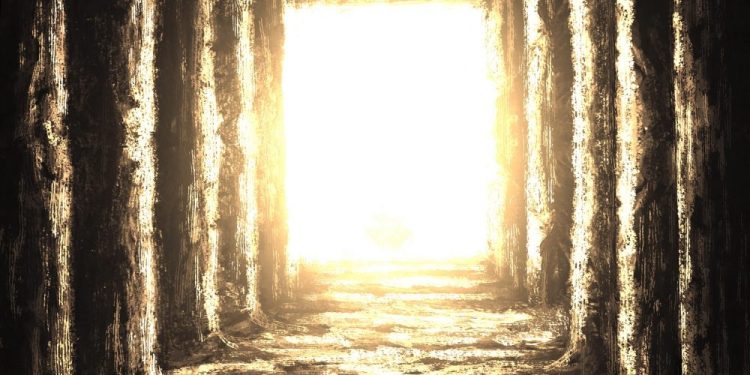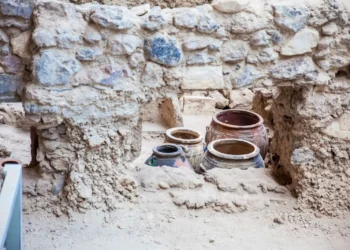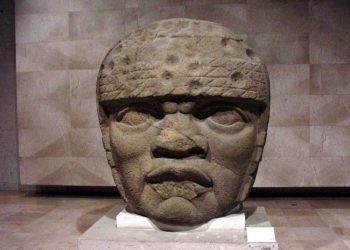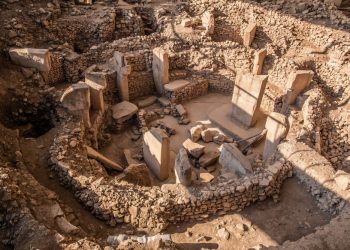Built as a defensive fortification in Medieval times, the Citadel of Saladin remains one of Egypt’s most monumental architectural achievements and one of Cairo’s main tourist attractions.
The Cairo Citadel, as it is more commonly known, is very important to the Egyptians, as from the moment of its construction it became the residence of all the rulers of the country. In terms of significance for Egypt, a comparison can be made with the Kremlin in Russia. The difference is that the Kremlin still has officials while the Citadel of Saladin has long been a landmark, home to museums and mosques.
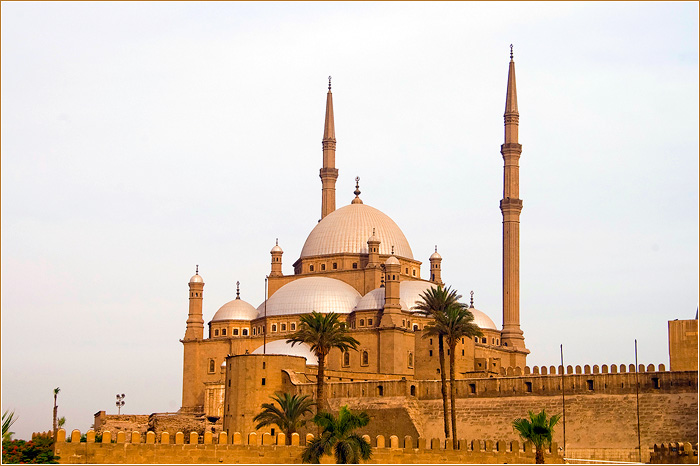
1. The Citadel of Saladin was originally built as an enclosure for Cairo and its satellite city Fustat. At that time, the crusaders had already taken Jerusalem which is just “a stone’s throw away” and Sultan Salah ad-Din was expecting an invasion.
2. According to legend, when choosing a place for the citadel, the sultan went for a trick – he ordered to hang pieces of raw meat all over the city. In the heat, it began to rot in a few hours, and on one hill it remained fresh for the longest time – it was decided to build a fortress there.
3. Construction officially began in 1176 and it continued until 1238. It is curious that Salah ad-Din defeated the crusaders in 1187 which made the Citadel of Saladin rather unnecessary for the time being. This is why the construction was not rushed and turned into something like a “long-term project”. Here is an interesting fact – Salah ah Din took prisoners from the crusaders and ordered them to work on the construction site.
4. During construction, this citadel was the embodiment of advanced military engineering thought. The large round towers, specially advanced at the front, allowed the defenders to shoot at the enemies who were climbing the walls. The walls themselves, 10 meters high and 3 meters thick, even now make an indelible impression.
5. It might be hard to imagine, but the Citadel of Saladin was once faced with marble. This proves the wealth Egyptian rulers had in Medieval times. However, during the Ottoman rule of Egypt, Sultan Selim ordered his men to strip the rich stone off the citadel walls and transport it to Turkey.
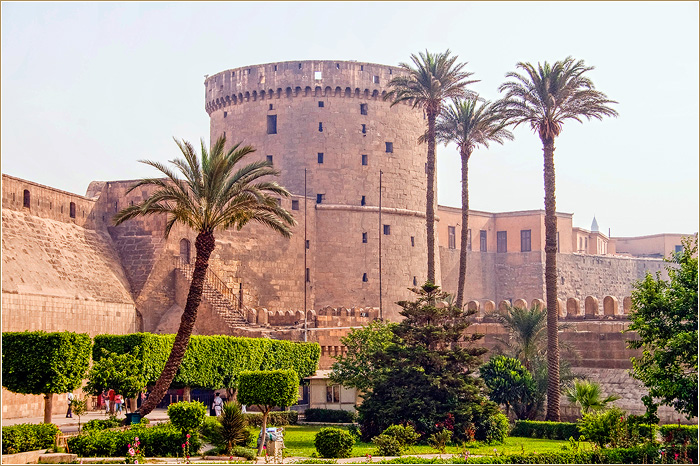
6. The Cairo Citadel was home to all rulers of Egypt between the 12th and 19th centuries. Sultan Ismail Pasha, one of Egypt’s greatest reformers, was the first to move to a different palace, the then newly built Abdin Palace.
7. All succeeding rulers after Salah ah Din added something of their own to the citadel. Today, it looks completely different and is home to several museums and mosques.
8. A major restructuring of the fortress began in 1805 when Muhammad Ali of Egypt became ruler of Egypt. He tried to destroy all the Mamluk buildings left from the time before the Ottoman rule of Egypt. Mohammed Ali destroyed almost all the internal buildings in the Citadel of Saladin and built a mosque in the center in honor of Tusun Pasha – his deceased beloved son.
9. From the end of the 19th century to the 30s of the 20th century, the citadel was the residence of the British commandant of Cairo. The British returned to the fortress after the outbreak of World War II. Artillery was installed in the citadel, as German air attacks were expected. Today, the citadel is besieged only by tourists.
10. The Citadel of Saladin is also home to a large underground network of passages, many of which still unexplored. In 2005, Egyptian authorities announced the discovery of the largest tunnel, three to seven meters beneath the ground. The passage, about 150 meters long, may have been an underground connection between Medieval palaces in Cairo. It is curious that the tunnel is blocked by a wall on one end. Officials believe the wall was built no more than 50-60 years ago, making it quite mysterious. Who knows what could be hidden behind it.
Join the discussion and participate in awesome giveaways in our mobile Telegram group. Join Curiosmos on Telegram Today. t.me/Curiosmos
Sources:
• Person. (2005, July 11). Knights may have traveled beneath citadel.
• Saladin Citadel & Mohammad Aly Mosque.
• Ugc. (2020, April 29). Citadel of Saladin.
• Wikipedia. (2020, December 20). Cairo Citadel.



